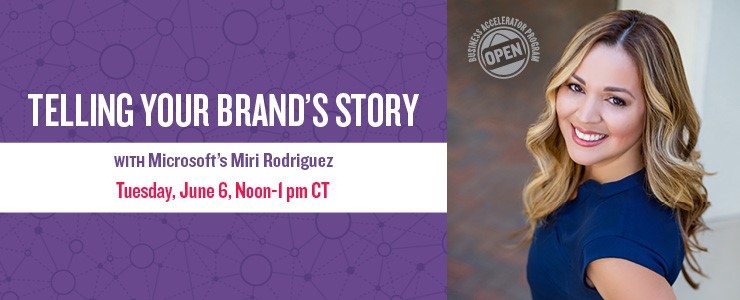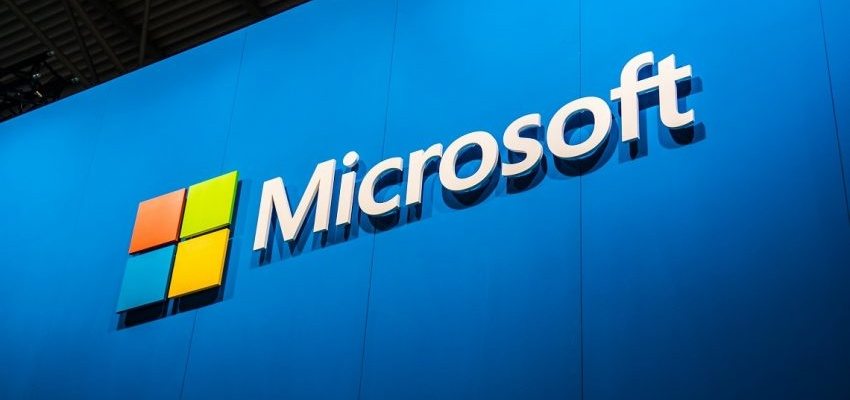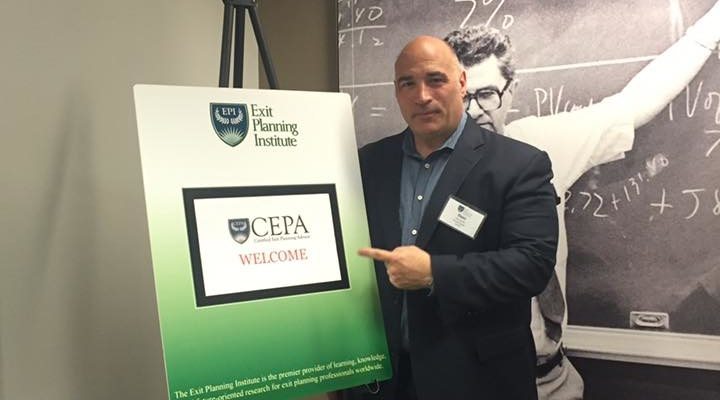It seems that in today’s increasingly digital world, you have anyone on the planet within a click’s reach. So many social media platforms are designed to make communicating and engaging with others as easy and fast as possible. So, with all this immediate contact at our disposal, why not use it to our advantage?
As a Business Influencer (and yes, you are in fact an influencer), your impact on others is limitless— if you implement your influence correctly. LinkedIn, the leading professional networking and job search app, is a necessary tool for taking social media by the reigns and using it to build business. Yes, connecting with professionals in your industry, whether you know them or not, is great for building your network. But what’s the point of your large network if you are not taking the extra steps to convert these connections into clients? With each accepted invitation to connect comes a whole wave of opportunity. Watch this Social Jack Flash Class!
What is Social Selling?
Social selling is the process of developing relationships as part of the sales process. Today, this often takes place via social networks such as LinkedIn, Twitter, Facebook, and Pinterest, but can take place either online or offline. Examples of social selling techniques include sharing relevant content, interacting directly with potential buyers and customers, personal branding, and social listening. Social selling is gaining popularity in a variety of industries, though it is used primarily for B2B (business-to-business) selling or highly considered consumer purchases (e.g. financial advisory services, automotive, realty).
Social selling has become more popular since companies have looked to increase their return on investment of social media interaction. Sales teams within organizations frequently mine data from social media that may help them connect to customers in order to create a more genuine sales lead. The technique frequently focuses on approaching potential clients in a less direct way, meaning they don’t interrupt their daily lives with cold calls and hard sells. Koka Sexton stated that the art of social selling is said to speed up many sales processes, while also improving relationships.
Let’s take a look at some statistics from the International Data Corporation:
75% of B2B buyers and 84% of C-level/vice president (VP) executives surveyed use social media to make purchasing decisions.
Online professional networks are the number one information preference of buyers in the final stage of the purchase process.
Social buying correlates with buying influence. The average B2B buyer who uses social media for buying support is more senior, has a bigger budget, makes more frequent purchases, and has a greater span of buying control than a buyer who does not use social media. B2B buyers find the greatest benefit of social media is gaining greater confidence in and comfort with their decisions.
How Many Contacts Do You Have That You Cannot See?
When we think about our social reach, you may be connected to someone directly, through another person or through many different people. What happens is, information gets passed down a line. One person may see what you’re doing online, believe that it may be of value to someone else they know, then connect you to their connection. This opens up an array of networking opportunities
The LinkedIn Network
Even with 500, 400, even 300 industry-related connections, this puts us within degrees of millions of possible connections. When you look at someone’s profile on LinkedIn, you can see how many shared connections there are between you and them. This is the beginning of the formation of “clusters”. It is essential to know how to talk with the people within these clusters, more specifically, find the ones that matter.
Goal: Prevent Clicking Roulette!
What we want to prevent is “clicking roulette”. It’s normal to go onto social media and begin clicking on every possible prospective client you see, but it’s not efficient or beneficial to us. We may log onto LinkedIn with one goal, but soon find ourselves buying gadgets from the Amazon trending list, or making trades on Draft Kings. This lack of focus is not going to generate appointments.
Personal Challenge: Make it a goal for yourself to set five minutes (and only five) to go on LinkedIn, and make your sole intent to leave with one appointment. Whether it’s a phone appointment, a Zoom call, or just a coffee date, make that your one goal for five minutes on LinkedIn.
LinkedIn Power Moves- Let’s Get Those Appointments!
1) Your Profile = Your Professional Brand
Think about your ideal target and whom you want to start conversations with. Take the time to identify your target audience, then make sure your LinkedIn profile speaks specifically to that group.
Your profile photo should represent who you truly are. It should be current, welcoming, and you want it to portray how you would look if a client were to be seeing you at a meeting or an event. If you put a tie on for professional headshot photo day at work, but you don’t usually wear a tie, that is not a good representation of your personal brand.
Ensure that your profile headline is clear and communicates to people what you do and how you can help them. Putting where you work is unnecessary because it is already located at the top of your profile. You want to answer the clients’ question: “What is your solution that you are bringing to me?”. Your headline is what the potential client will see first when they land on your profile, meaning it should be packed full of keywords (within LinkedIn's limit of 120 characters, of course) relating to your specialties and services. If they were to search for a combination of keywords pertaining to the service you provide, you want to be first on the list of profiles after they press enter.
2) Home Page Scan (UNE)
Remember that personal challenge from earlier? When you log onto LinkedIn, use part of those five minutes to scan your homepage. This step is where you literally scroll through your LinkedIn feed. If you’re noticing a lot of content and profiles that don’t apply to you and your goals, you have the wrong network. You can hide this unwanted content, or even unfollow/disconnect to these people that don’t belong in your circle.
Example: If you are hosting an event and have 500 people you know, but 50 of those are the decision makers, those 50 people are the ones you want at your event. LinkedIn, and social media in general, is one huge event. Invite the people who belong, and drop the ones who aren’t benefiting you or your business.
Above is what your LinkedIn home page looks like. Time to scroll and see who is helping you reach your goals— and who isn't. Remember: Social Media is like an event. Invite those who should be apart of it.
Within two minutes of your homepage scan, you should be able to spot somebody worth starting a conversation with.
3) Network Diving – Level One
Find someone within your network whom you believe is reputable, is always making referrals, or who is just a good friend. Then, “dive” into their LinkedIn network.
Example: Tony is a good friend of mine who I KNOW would always be willing to introduce me to people in his network. Find a connection like Tony and try diving into their connections!
Don’t be afraid to get in touch with your established network and ask them to introduce you to people in their network. Take the “social” part of social media literally, and dive right in to new opportunities.
LinkedIn has a feature where you can search specifically for a certain industry, seniority, or job title of that connection pool to ensure you’re reaching out to your preferred target audience.
Here's an example of a filtered search within Tony's network:
4) Conversation
Now that you took that leap of faith diving into a new network, it’s time to start a conversation. Think back to those first five minutes on LinkedIn, we’re at the point where times halfway up.
You have identified that new person whom you want to start a conversation with, now it’s time to engage. Isn’t engaging what social media is all about? Select a recent post that your prospective appointment has shared and start a genuine conversation with them in the comments. Something as simple as making an authentic comment is a guaranteed way to opening up new doors for you and this potential client. Put the sales aside for a second and really focus and touch on what matters to them. Start that dialogue, and be sure that you are all in on investing in them. This will establish a feeling of authenticity and trust before the actual conversation even begins.
Example: You found a potential appointment, Spencer in this case, from that nose dive into Tony's network. Now that it's time to start a conversation, head over to Spencer's activity to find something you can either comment on or include in your future messaging.
5) Set the Hook – Convert
Now that you've done all that work (about 3.5 minutes into your 5 minute limit!), you're ready to get that appointment. Here are a few example strategically formulated messages you can send to your future client for your best chances of landing that conversion.
The “Catch Up”
This introductory message shows a genuine, authentic approach to breaking the ice with your target appointment. Writing this message needs to be done in a targeted fashion. Confirm that this person has a reason to utilize you and your services and that you as well are targeted in this initiative.
The “Fresh Connect”
It is important to thank people for connecting. If you’re lost on ways to initiate that conversation, thanking someone for simply connecting with you is a great place to start. It’s personal, simple, and gets straight to business.
We want to include a specifics with formulating this message. Specify how you want to meet and let them know you’re interested in working with them. Don’t leave this potential client wondering why you reached out.
Always provide two times and dates you are available to meet! If their response is delayed, at least you ignited a dialogue that can get picked back up in the future. Don’t forget to insert forms of contact information so you are easily reachable. While LinkedIn does not allow for automated signatures on messaging, it is always helpful to keep a document handy with a custom signature you can quickly copy and paste.
The “Continued Call”
One of the most important things about the continued call message is that you started the conversation. Remember that initial chat you had in the comments of the potential client’s post? It should be referenced here in this direct message. You can lead with language like “As promised…” or “Like I mentioned…” as an extension of that previous conversation. Make your intentions clear.
The “Transition”
The “Referral Call”
Adding something relevant and specific to this potential client will allow them to feel like you truly care about them as a person, rather than just another possible conversion. Now, you are actually offering them referrals, letting them know that this connection will be mutually beneficial.
All of these steps to creating appointments on LinkedIn are meant to be completed within just FIVE minutes after logging on. Ditch the phone, turn off the TV, and focus on using your time on social media to gain new business. Every message you’ve seen thus far has included a personalized touch, clear intent, specific times and dates, and contact information. Who knew that five short minutes could be amplified into creating appointments? It is essential that we utilize the ever-growing digital world to our advantage.
What did you take away from these 5 LinkedIn power moves?
About the Author
For over 30 years, Dean DeLisle, has demonstrated his ability to accelerate bank, financial, and insurance institutions to stimulate business development while in a compliant environment. As Founder of Forward Progress, Dean and his team have helped over 2,000 clients assess and improve their online marketing and social networking results and trained over 120,000 professionals in over 35 countries with their online programs on their Social Jack™ Academy.
Dean has recently launched his new book, FIRST, The Street Guide to Digital Business Influence, which also tell stories of leaders within banking who have changed their culture and brand impact online.
Watch this Social Jack Flash Class














































 Now here are the five steps that will help your content marketing plans:
Now here are the five steps that will help your content marketing plans:










